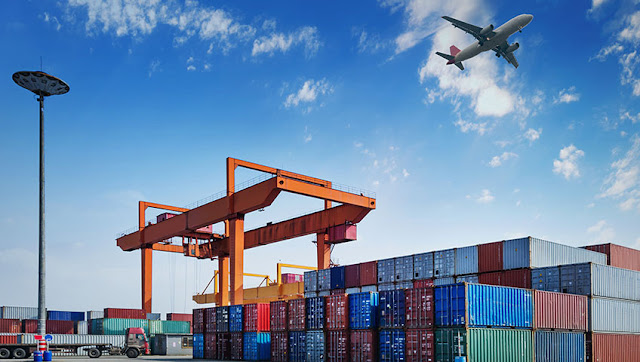Understand the Custom Clearance Process in These Easy Steps
Before you try to make any international shipment, it has to clear the customs section. Customs clearance is a simple act of moving the goods so that they can enter another country. The custom clearance department of both countries will handle the process by following the government authorized rules related to import and export. While these policies differ based on the country, the customs clearing agent takes care of it professionally.
The custom clearing agents or the custom brokers help clients handle their paperwork and import-export regulations with ease. They manage trade compliance and processes and help clear the consignments on land, sea and air. Customs clearance is a document that the customs authority issues to the shipper, mentioning that he has paid all duties and the goods are cleared for export. After releasing the goods from here, the other country's department frees it to enter their country.
Documents Needed for Custom Clearance
- Export and import license to move goods across the border
- A pro forma invoice which you send to the buyers after confirming their order
- A detailed customs packing list for the transportation company
- Document mentioning the country of origin
- The commercial invoice with information like name, address and goods description
- Shipping bill
- Bill of Landing
- Bill of Entry filed by the customs broker
- Insurance certificate
- Customs invoice
What is the Customs Clearance Process?
Here is a step-by-step method of the customs clearance process.
Step 1: Document inspection
At this point, all the documents listed above come into relevance. The customs officer will sign and review the papers. If it is in an orderly manner and organized, the customs clearance process will start.
Step 2: Calculation of the Tax and Duty
At the freight forwarding service, with the customs brokers help, you can calculate all your import duties and taxes. Based on the type of good, they calculate the taxes. This is done according to the country's laws and the mode of transport for the shipment.
Step 3: Incoterm choice and Payment
You can choose a DDU (Delivered Duty Unpaid) or a DDP (Delivered Duty Paid). The officials will check which intercom applies to your shipment. If you pay all taxes and duties, the shipment will have the mark DDU. Then an independent customs broker will process it and collect payment. A shipment for which you have paid is marked as DDP.
Step 4: Shipment release
After you pay all outstanding taxes and duties, the customs department officials will release your shipment and continue to the final destination.
The best freight forwarding service in Kolkata works with a professional team of custom clearing agents who make shipments easy and hassle-free. You can benefit from customized solutions for import and export customs clearance.


